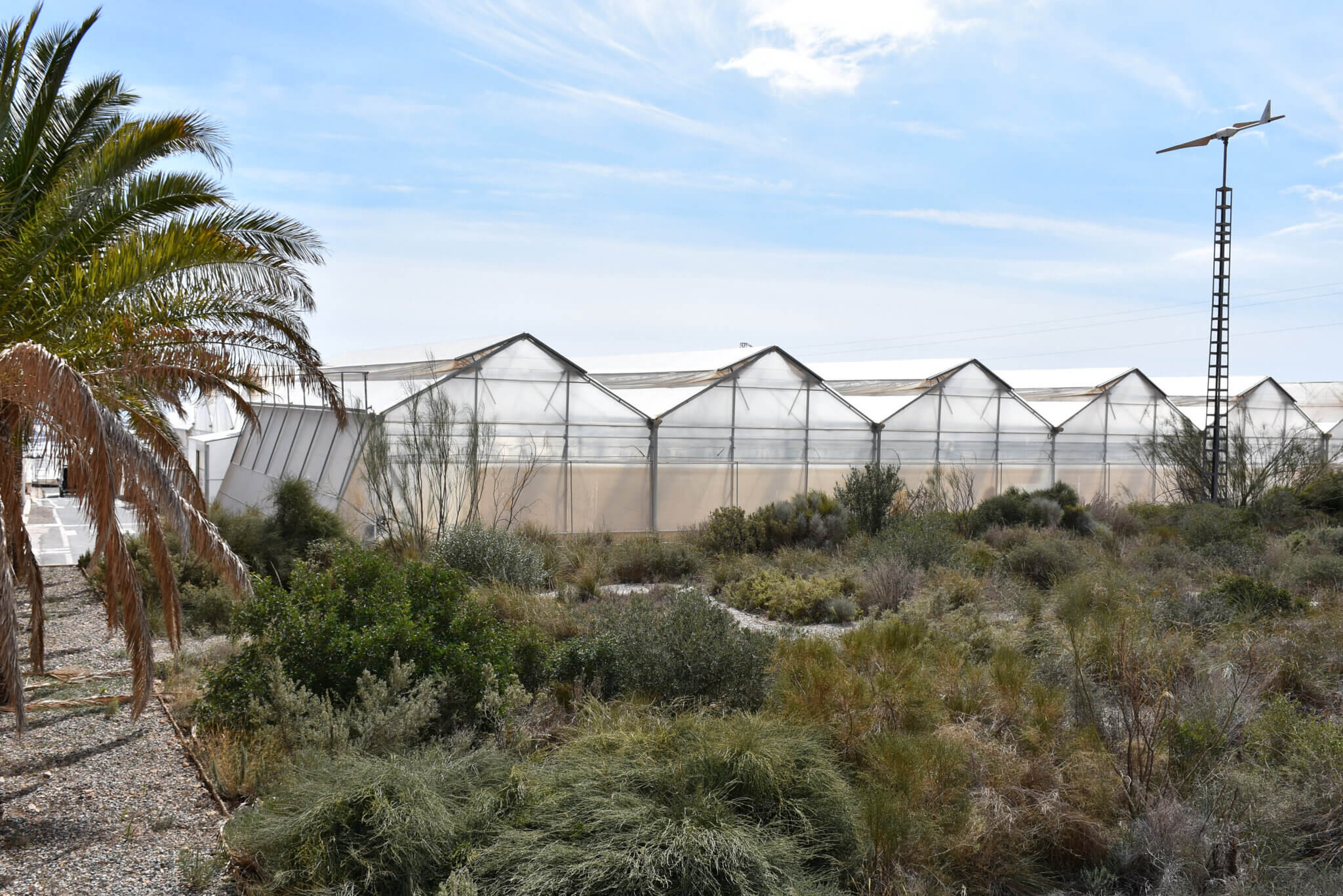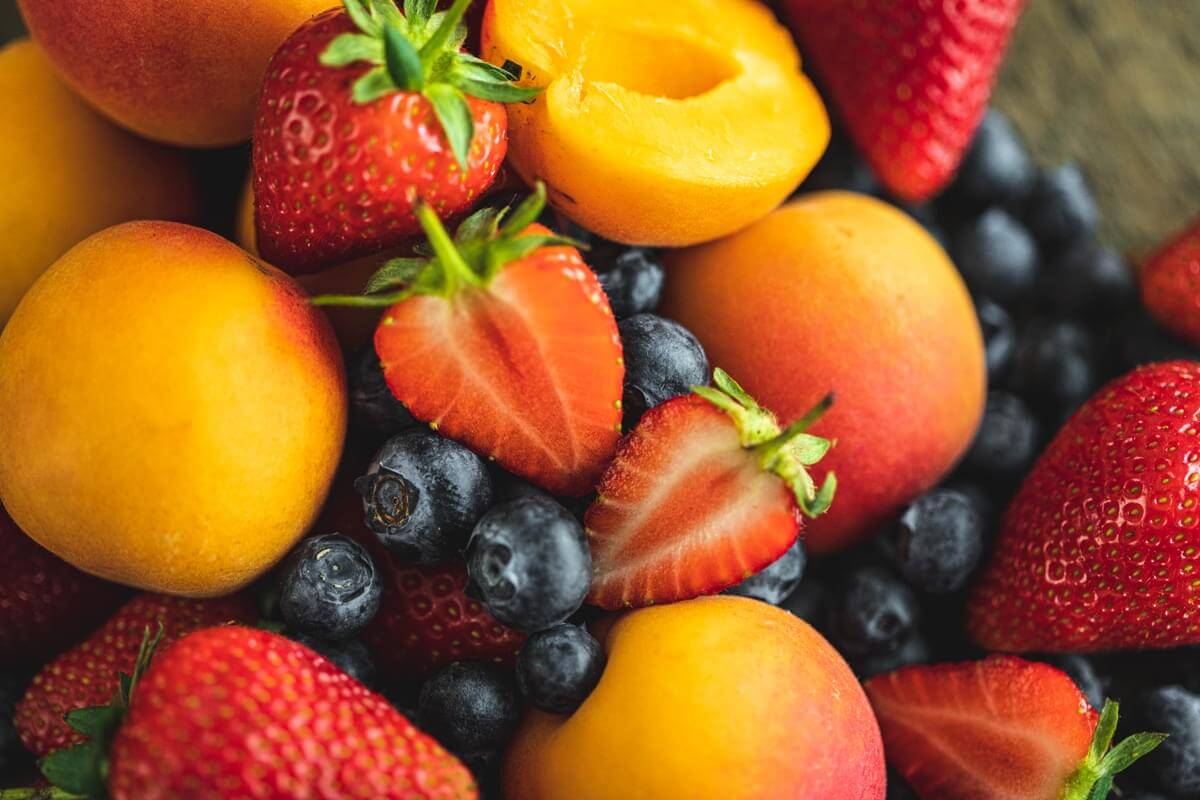Visible from Space, the mass sea of plastic that covers over 33,000 hectares of greenhouses in Spain’s Almeria region has created countless headlines, many of them negative. This area – 185 square miles and 25 per cent bigger than the Isle of Wight – is known as ‘Europe’s Market Garden’, and produces half of all Europe’s fruit and veg, supplying, among others, Tesco, Sainsbury’s and Asda, with tomatoes, peppers and cucumbers, year-round.
It’s a region that’s grown substantially, particularly since the early 1940s when settlers were encouraged to make it their home with promises of land by the government. With its arid profile, Almeria was historically a big producer of typically Mediterranean produce (including olives and grapes), but by harnessing the plentiful supply of water from aquifers and sustained heat from the sun, it became one of the world’s biggest fruit and veg producing regions.
However, this ocean of greenhouses has also been blamed for an increase in plastic pollution in the Almeria region, both as plastic in the sea and the illegal dumping of the greenhouse plastic across the local environment; plastic was the most common type of waste collected from the famous Costa del Sol beaches during 2023.
In 2023, Food Unfolded reported that “unmanaged agri-plastics [from Almeria] have been found blocking riverbeds, ending up at sea or being ingested by birds or other land species. A sperm whale washed up dead on the Almería coast and was found to have 17kg of plastic in its digestive system, largely coming from the plastic sheetings of the greenhouses.”
In order to address the concerns, the Almerian fruit and veg sector is trying hard to address its ‘sea of plastic’ image with various innovative methods to increase sustainability, but it’s neither a quick nor easy process.
Almeria’s first greenhouse was erected in 1963 to help extend the growing season and produce earlier crops. By 1970, around 45 hectares were under plastic, and since then the region has become one of the top suppliers of fruit and veg to the UK.
“In the sixties, Almeria was an extremely poor province, and a developmental rural project was set up, part of which was the creation of an irrigation network,” says Jan Van Der Blom, a biologist who arrived in the region in 1993 and now heads up the Department of Production Techniques for Coexphal, the association of horticultural producing and exporting companies for the region.
“In open air people began to cultivate the soil, which was covered by a layer of sand from the nearby beaches to prevent evaporation of water and get the maximum profit from each cubic metre that was available. In some parts of the province, there was formerly a production of table grapes, grown over a structure of poles and metal netting, called the parral, reaching two metres high.
“At some point, it occurred to someone to cover this structure with plastic and combine it with this way of growing in sand. This is how the first greenhouse was born,” Der Blom continues. “Soon, it became clear that greenhouses could produce tomatoes, peppers, cucumbers, etc, all through the winter without any artificial heating. And since the greenhouses in central Europe, mostly in The Netherlands, could not produce in winter, Spain slowly started to supply the entire European market with those products in the winter months.” The rising demand from the wider Europen market led to a steady increase in plastic greenhouses – the method worked.
Today, Almeria produces approximately 3.5 million tons of horticultural products, generating over 3.7 billion euros. In just one year, that’s 900,000 tons of sweet peppers; 690,000 tons of tomatoes; 625,000 tons of watermelon; 525,000 tons of cucumber; 425,000 tons of zucchini: 210,000 tons of aubergine; 115,000 tons of melons and 5,200 tons of green beans.
According to the Barcelona Field Studies Centre, “approximately 90 per cent of the greenhouses in Almeria use an artificial soil called Enarenado in order to overcome the extremely poor indigenous soils of the region. This is a soil mix of clay, manure and sand that sits on top of the original soil base. In the remaining greenhouses, plants will never touch soil – they grow using a hydroponics system where chemical fertilisers are drip-fed to each plant from large, computer-controlled vats.”
There’s justifiable concern at these methods – The Guardian reported on its ‘soil-free farming’ approach 18 years ago, and concern from environmental scientists and groups has only gathered pace since then. To manage the vast volume of production (and the public image crisis), a number of more efficient, circular management practices have been introduced to try and make Almeria’s fruit and vegetable sector more sustainable and environmentally friendly.
These initiatives include the use of drip irrigation, a focus on wider and more efficient recycling of damaged greenhouse covers, producing more tools and equipment from the recycled plastic, and clamping down on those who dump their plastic covers illegally. A recent study, shared by Food Unfolded, also found that Spanish greenhouses require 22 times less energy than Dutch greenhouses by harnessing the light and heat of the sun instead of relying on artificial sources.
Fruit growing powerhouse
The 33,000 hectares under plastic are owned and managed by around 14,000 growers. Concentrating on commercialising their produce, the growers are members of co-ops that service the big supermarket customers throughout Europe.
These co-ops are responsible for gathering all the harvests, administering a quality control programme, and packaging. Alternatively, there are several auction houses across Almeria that act as collection depots for the growers’ produce. During peak harvest times auctions can be held several times per day, mostly online, selling the produce to a wide spectrum of customers across Europe.
Plastic recycling
Most of the plastic used on the greenhouses is 2mm thick polyethylene, produced locally in plants in Almeria. It lasts around three to four years and then has to be replaced at a cost of around 10,000 euros per hectare, including material and labour costs.
Der Blom says: “The greenhouse cover is 100 per cent recyclable, which is a very profitable business. It is a huge and homogeneous volume, that is converted into a granulate that serves as basic material for the production of all kind of plastic tools and devices.” Its usefulness and profitability is why initiatives to increase recycling and clamp down on illegal dumping are at the forefront of Almeria’s new agenda.
And while a significant amount of plastic is already being successfully recycled, there are some growers who illegally dump the old material, a practice the authorities is trying to stop and regulate against. “The sector works together with the administration to prevent and punish illegal dumping,” continues Der Blom. “They also clean up dry riverbeds and road sides. As a sector, we are in close communication with the plastic producers and the recycling companies, to improve the logistics for recycling and to find alternatives for those materials that cannot easily be recycled.”
One of the main growers co-ops in the Almeria region is La Palma Co-op with 750 farmer members utilising 850 hectares of greenhouses. Juan Gallego, sales executive commercial at La Palma, outlined the recycling efforts they take.
Juan said: “On average, our growers change the plastic on their greenhouses every three years. 100 per cent of this plastic is recycled through Sogapol, a recycling agent in Galicia, in the north of Spain. We then purchase our packaging supplies, most of which are recycled, from the same company.”
Plastic alternatives
Given that greenhouses require a completely transparent covering, only plastic or glass provide viable options. Glass is much more expensive and needs a stronger, more solid construction to hold it. Plastic also offers the opportunity to change the characteristics of light transmission, for example, by making it more diffuse or by adding filters, you can eliminate certain types of radiation, like UV or infrared.
“The downside in these plastic covered greenhouses is that the temperatures can easily reach over 40 degrees centigrade. This is too hot for plants and for people to work in, so a shading is applied with a chalk whitewash. This can be removed in the winter growing period, when the greenhouses need to be warmed up again.”
Water sustainability
The Almeria region has always had to manage with little water. However, the area is fed by underground currents with water coming from the mountains to the strip along the coast where the greenhouses are located.
It provides a steady supply, and after all these years still provides enough for the majority of the area’s irrigation needs. However, in some areas this is not enough, and desalinisation plants, that make clean water from sea water, are making up the deficit.
Most growers use drip irrigation to improve sustainability. With drip irrigation in a sandy soil, the profitability per cubic metre used is already a lot better than in most other agricultural systems, explains Der Blom. “However, there now are a lot of digital tools to measure exactly the needs of the plants, passing the information to the mobile phones of the growers, who adjust the volumes.
“By measuring and optimising, growers can save up to 25 per cent more water, as well as a significant amount of fertiliser. The implementation of these new digital tools and applications is now one of the major focus points, leading to a evolution at production level.”
With the global fear of food insecurity approaching its apex, there is no question that productivity is king in this region, and whether or not integral sustainability can become the standard for future practices remains to be seen.










A fascinating account, balanced and informing. Thank you. It seems to me that the intensive, costly and perilous tight circle of plastic use and recycling is pernicious and unsustainable, yet the solution is at hand!
There is sunshine in plenty, so all the solar energy one might dream of, water from the ocean, (ergo the means of electrolysis and hence the production of green hydrogen) and sand by the bucketful for the manufacture of all the glass one could want for the creation of traditional greenhouses.
“Simple”?!